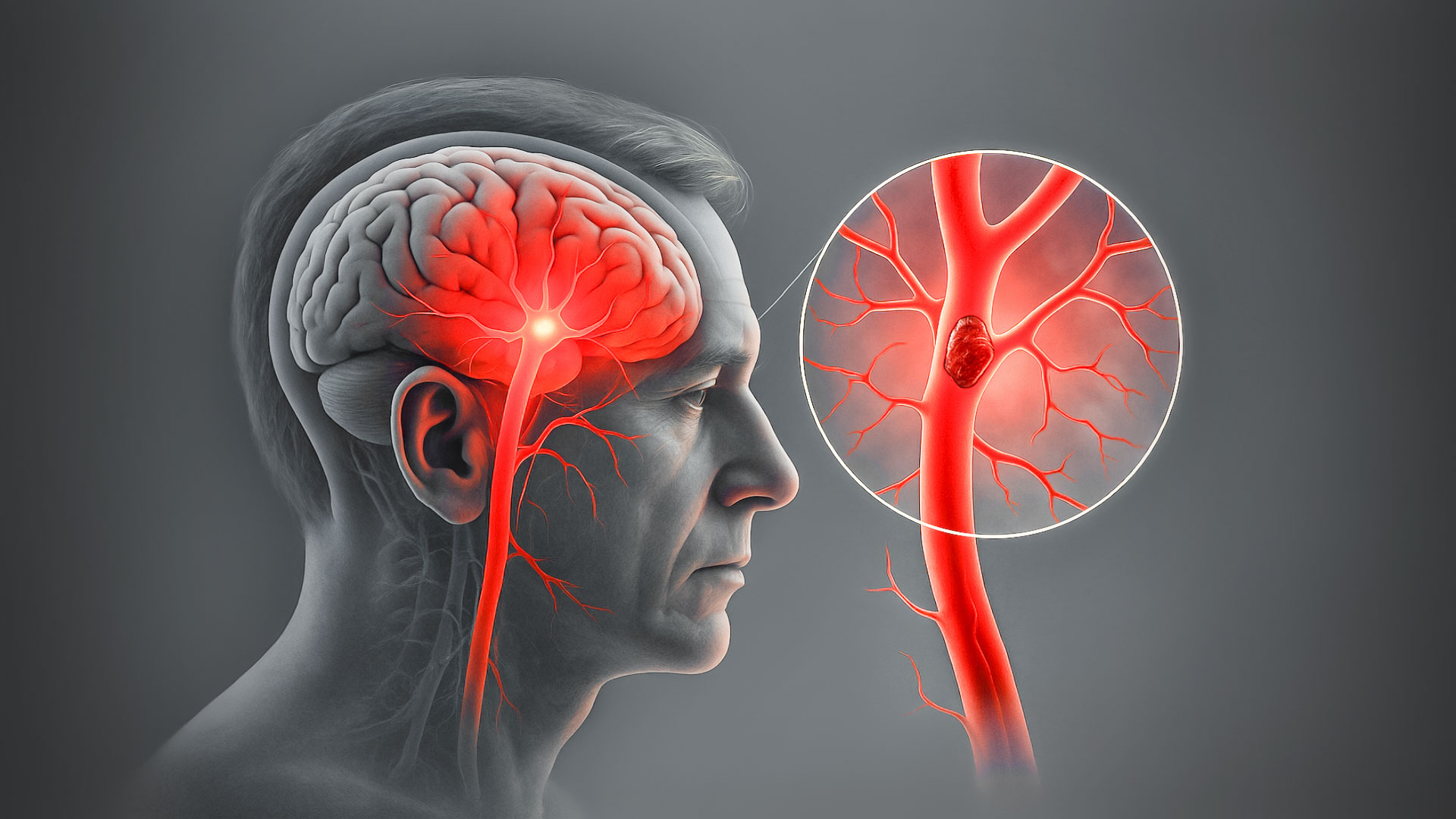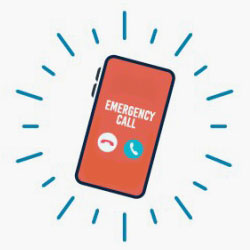Neuro
Ischemic
Stroke
Understanding Ischemic Stroke: Act Fast, Save Lives
An Ischemic Stroke is a serious but treatable condition caused by a blocked artery in the brain. This guide explains what happens during a stroke, how to spot the warning signs using “BE FAST”, and the life-saving treatments available—in simple, easy-to-understand terms.
What is an Ischemic Stroke?
An Ischemic Stroke occurs when a blood clot blocks an artery supplying blood to the brain. Without prompt treatment, this blockage can cause lasting brain damage. Time is critical—recognizing the signs and acting fast can save lives.

Ischemic Stroke Symptoms:
Remember “BE FAST”
Every minute counts! These symptoms appear suddenly:

Balance Loss
Sudden dizziness, stumbling, or trouble walking

Eyesight Changes
Blurred/double vision or sudden blindness (like a curtain over one eye)

Face Drooping
One side of the face sags (ask the person to smile—is it uneven?)

Arm Weakness
One arm drifts downward when raised (can they hold both arms up?)

Speech Difficulty
Slurred speech, strange words, or inability to speak

Time to Call
Call 132 (Wellkin Hospital), 118 (Darne Clinic), 114 (SAMU), or 169 (City Clinic) IMMEDIATELY even if symptoms fade
How Doctors Diagnose Ischemic Stroke?
Doctors use these imaging tests to confirm a stroke and determine the best treatment:
- The CT scan is the first emergency test for stroke. Using X-rays, it quickly detects blocked arteries and brain damage in under 10 minutes while ruling out bleeding.
- An MRI uses magnetic fields to create detailed brain images. It detects smaller strokes and precise blockage locations better than CT scans, but takes 30-60 minutes.
Together, these tests help medical teams confirm the stroke type, locate the blockage, and determine the best course of action—all while prioritising speed and accuracy.

Understanding Ischemic Stroke Treatment: Time is Brain
When an Ischemic Stroke occurs, fast treatment is crucial to restore blood flow and prevent permanent damage. Doctors have two main approaches to remove or dissolve the clot causing the stroke:
Emergency Medication (Thrombolysis)
A "clot-busting" IV drug that works best when given quickly
Mechanical Removal (Thrombectomy)
A minimally invasive procedure to physically extract the clot
The sooner treatment begins, the better the chances of recovery. This section explains how these life-saving treatments work and why timing matters so much.
Frequently Asked Questions (FAQs)
Yes. Our minimally invasive treatments, which often utilize advanced technologies are proven to be highly effective. Compared to traditional open surgery, patients typically experience:
<ul>
<li>Significantly shorter recovery times</li>
<li>Less post-operative pain and scarring</li>
<li>A lower risk of infection</li>
</ul>
These benefits are consistently supported by recent clinical studies and contribute to better overall patient outcomes.
